Yagam Hongyeomcheon Tourist Hotel (약암홍염천관광호텔)
15.0Km 10486 2020-04-15
965-7, Yagam-ro, Gimpo-si, Gyeonggi-do
+82-31-989-7000
Yagam Hongyeomcheon Tourist Hotel in Gimpo offers 71 guest rooms and a variety of amenities, including the Mammoth Tub, able to accommodate over 1,000 guests at once. Being near the city, many tourists from Seoul and Incheon come to relax during the weekends. The Hongyeomocheon waters are famous for healing the eye disease of Joseon dynasty King Cheol-Jong. The water come from 460 meters underground. It is clear, clean, and contains great iron minerals and the salt content is one tenth of the ocean water. The water color turns red after about ten minutes of exposure to the air.
Deokpojin Museum of Education (덕포진교육박물관)
15.2Km 29662 2021-02-26
90, Deokpojin-ro 103beon-gil, Gimpo-si, Gyeonggi-do
+82-31-989-8580
Deokpojin Museum of Education was established by Kim Dong-seon, an elementary school teacher, for his wife, Lee In-suk who lost her eye sight due to an accident while she was also an elementary school teacher. He decided to build the museum to cheer up his wife who was deeply depressed with the fact that she could no longer teach students. Through the husband's will to give his wife opportunities to teach children again, his dream to create hands-on educational programs not available in the ordinary school education system became a reality as well. The museum was finally opened in 1996 with materials collected by the couple, comprised of a music class taught with her pump organ and Mr. Kim's collection of various school materials such as a book wrapper, a nature textbook from 1960, nickel silver lunch boxes and more. These collections attracts many visitors, from kindergarteners to university students and even family visitors.
Oktokki Space Center (옥토끼우주센터)
15.2Km 29627 2020-06-01
403, Ganghwadong-ro, Ganghwa-gun, Incheon
+82-32-937-6917
Oktokki Space Center is Korea's first aerosepace theme park. The center collects, preserves, and exhibits materials related to aerospace engineering to educate and promote to the public. It is open to visitors all year round, offering diverse activity programs and experience rides that can be enjoyed by people of all ages. The center is especially well equipped with fun learning materials as well as educational programs to spark children's insterest in the field.
Gyeongin Ara Waterway (경인 아라뱃길)
15.7Km 14478 2023-11-10
41 Jeongseojin 1-ro, Seo-gu, Incheon
+82-1899-3650
Ara Waterway flows 18 kilometers from the Hangang River to the West Sea. Opened in 2012, the waterway serves to quickly remove excess water from the surrounding areas to prevent flooding. The waterway also serves as a key route for transporting cargo via ship, as well as a natural green space.
The idea of Ara Waterway started nearly 800 years ago during the Joseon dynasty by King Gojong. Unfortunately, his plan could not be completed at that time due to technical obstacles and the difficult state of the country. After countless efforts and preparation, the construction of the waterway began in 2009 and opened in 2012.
Gwangseongbo Fortress (광성보)
15.9Km 35069 2022-07-25
27, Haeandong-ro 466beon-gil, Ganghwa-gun, Incheon
+82-32-930-7070
Gwangseongbo Fortress’s outer wall from the Goryeo era was mended in 1618. The fortress was built in 1656 and the outpost was constructed in 1679. It was completely remodeled into
a masonry castle with gates in 1745. During Sinmiyangyo (the American invasion in 1871), Gwangseongbo was the fiercest battle ground in Ganghwa. On April 24, 1871, a
fleet with 1,230 American naval forces led by Rear Admiral John Rodgers landed on Ganghwado Island to demand the
opening of Korea's ports and commerce. The armed forces attacked Chojijin Fortress
and Deokjinjin Camp, then marched to Gwangseongbo Fortress, where they engaged in close combat with the warriors of Joseon. Although General Eo Jae-yeon and the other warriors were poorly equipped with far inferior weapons, they bravely fought to the
death against the invading forces.
The battlefield ruins of the fortress and the gate towers such as Anhaeru, Gwangseongdon, Sondolmokdon, and Yongdudon were repaired
in 1977. The twin tombs of General Eo Jae-Yeon and his brother Eo Jae-seon, along with the anonymous tombs of warriors who died on the battlefield were
also honorably arranged at the same time. Furthermore, a stone monument commemorating the restoration of Ganghwa Battlefield was erected on Yongdudondae Post.
In 1988, an extensive rest area was created toward the shore for visitors’ convenience. Gwangseongbo Fortress is presently designated as Historical Relic No. 227. A religious service known as Gwangseongje is held annually to commemorate the patriotic spirits of General Eo Jae-yeon and other unnamed warriors. This service takes place at 11 a.m. on every April 24th of the lunar calendar.
Wolmido Island (월미도)
16.6Km 125172 2023-11-08
36 Wolmimunhwa-ro, Jung-gu, Incheon
+82-32-765-4169
Wolmido Island has very few historical records, despite being the location of a temporary palace, built in 1653 during the reign of King Hyojong. The palace was built on the eastern side of the island, but it is impossible to find traces of it now. From the late 1920s until the '30s, the island was transformed into a resort, a very popular destination at the time. Wolmi Culture Street opened in July 1989 and helped improve the area's fame.
On weekends and holidays, people flock to Wolmido Island to enjoy coffee and fresh seafood at the cafes and restaurants overlooking the sea. Despite being 1 kilometer off the coast, Wolmido is no longer an island, being connected to the mainland through modern construction techniques. It is now an easily accessible retreat for locals and tourists alike.
Yejeon (예전)
16.7Km 9053 2019-08-01
43-2, Wolmimunhwa-ro, Jung-gu, Incheon
+82-32-772-2256
Yejeon is a western food restaurant and is considered one of the establishments that first created Wolmido Island’s café culture. Located in the middle of Wolmido's Munhwa Street (Culture Street), this Western-style redbrick building resembles that of a European atmosphere in Korea.
Wolmi Theme Park (월미테마파크)
16.7Km 63553 2024-03-07
81 Wolmimunhwa-ro, Jung-gu, Incheon
+82-32-761-0997
Wolmi Theme Park is located on Wolmido Island in Incheon. Spanning 13,200 square meters, it features various amusement rides including a ferris wheel, swing boat, and go-karts. One of its highlights is the tagada ride, where riders sit on circular seats that move in all directions to the beat of music while a DJ adds to the excitement. Visitors can also enjoy panoramic views of Songdo Town, the Incheondaegyo Bridge, and Yeongjongdaegyo Bridge from the ferris wheel.
Incheon Bridge (인천대교)
16.7Km 33166 2019-08-28
3, Incheondaegyo Expressway, Jung-gu, Incheon
+82-32-745-8000
Incheon Bridge is the longest bridge in Korea with the 21.39km long. It is ranked seventh in the world for its bridge length, sixth in the world ranking as a 18.38km long cable-stayed bridge, and fifth in the world ranking for its 800m gap between two main towers.
The bridge connects between Yeongjongdo Island, developing an international distribution complex as well as international airport, and Songdo Island, growing an international business city, within 20 minutes. Also, it grants easy to access to Gyeongin Expressway No. 2 and 3, and Seohaean Expressway by shortening more than 40 minutes to arrive at Incheon International Airport.
Wolmi Special Tourist Zone (월미 관광특구)
16.7Km 8280 2021-02-19
81, Wolmimunhwa-ro, Jung-gu, Incheon
+82-32-760-6481
Wolmi Special Tourist Zone is a historic and cultural site where visitors can learn about Korea’s modern history and culture through a tour of Incheon. The area has plenty of modern architecture and cultural heritages embracing the history of the open port era. Incheon Port is conveniently located to facilitate the flow of products from other civilizations.
Included in the open port, Incheon Chinatown has various Chinese restaurants, a modern history museum, and exhibition hall where visitors can look into the past and current life of Chinese people living in Korea. Jayu Park Cultural Tourism Festival and Songwol-dong Donghwa Village Festival are held here every spring.
In addition, the Museum of Korea Emigration History, date courses, and Wolmi Cultural Street, offering up various sliced raw fish restaurants, and fine cafes are all available in the zone. Wolmi Observatory offers a view overlooking the port and downtown at once. The coastal pier approaching the port offers the active atmosphere of coming and going ships and the lively fish market. Enjoying various fish dishes and sea-fishing, or walking along the ocean square are recommended activities.
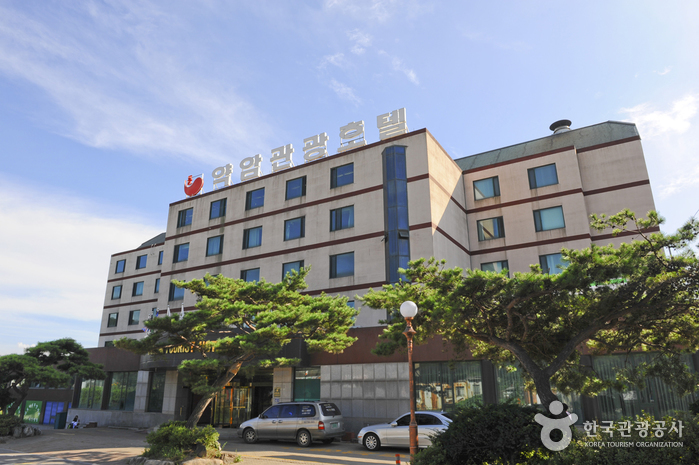
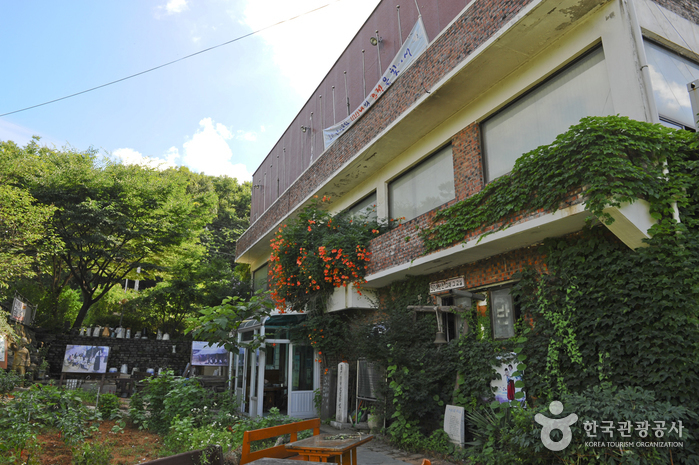
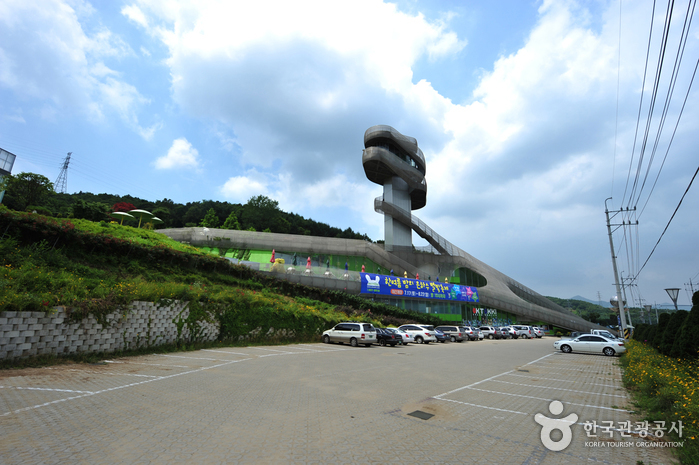

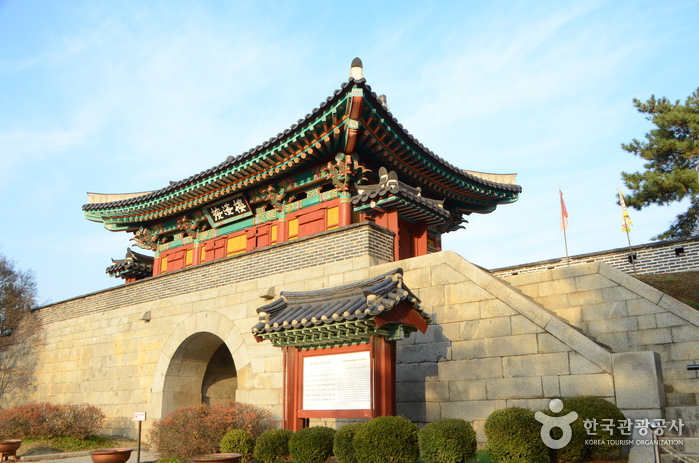
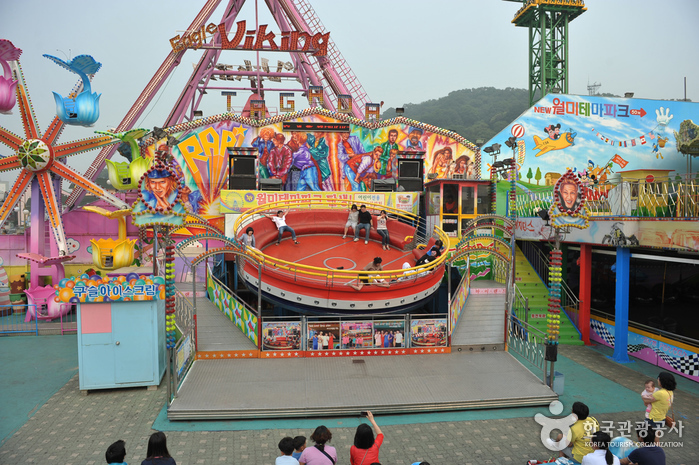
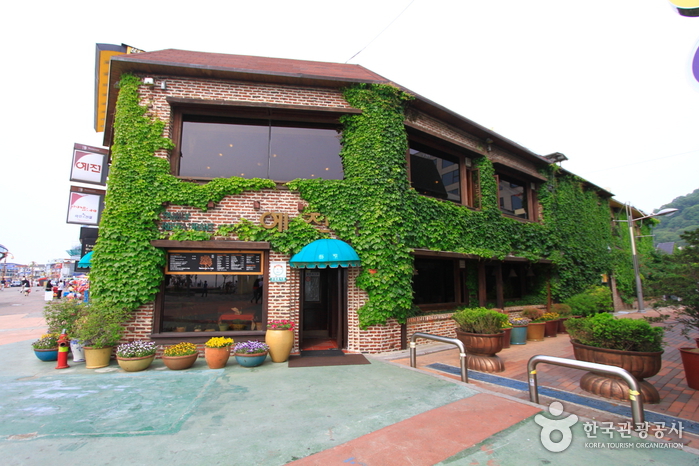
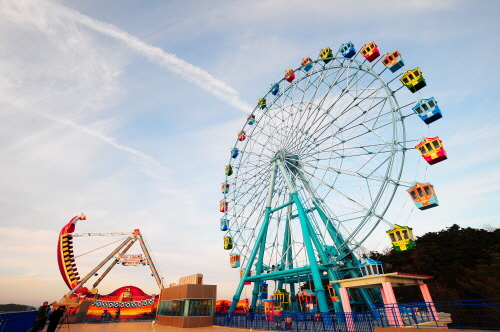
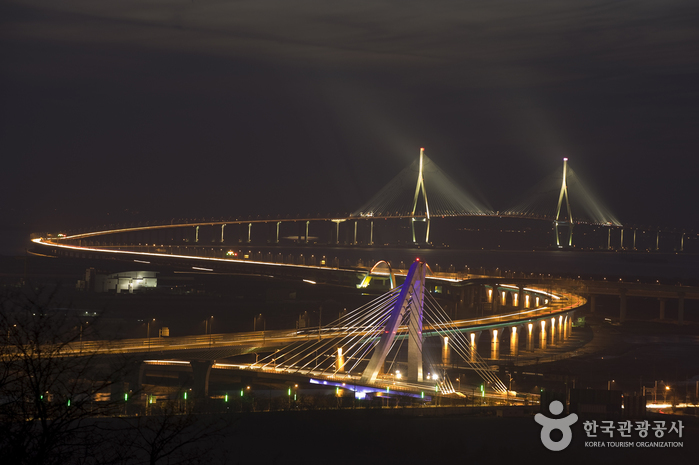
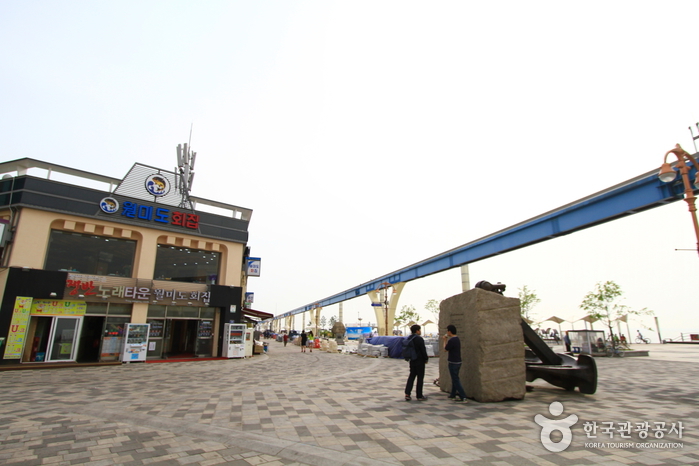
 English
English
 한국어
한국어 日本語
日本語 中文(简体)
中文(简体) Deutsch
Deutsch Français
Français Español
Español Русский
Русский